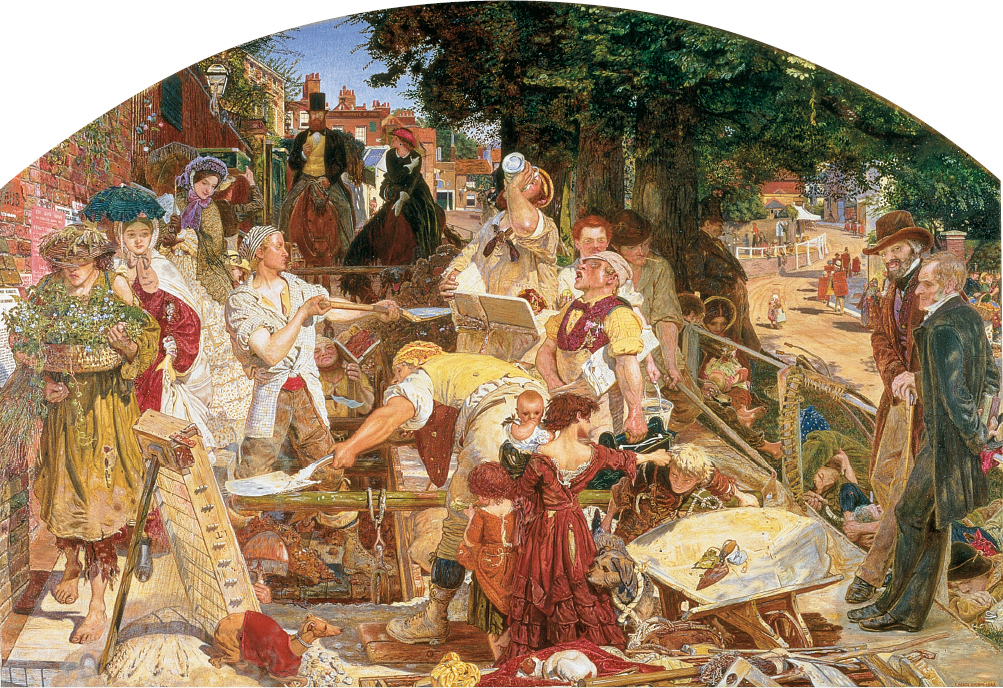What were the social consequences of industrialization?

Union Membership CertificateThis handsome membership certificate belonged to Arthur Watton, a properly trained and certified papermaker of Kings Norton in Birmingham, England. Members of such unions proudly framed their certificates and displayed them in their homes, showing that they were skilled workers. (Courtesy, Sylvia Waddell)
IIN GREAT BRITAIN, INDUSTRIAL DEVELOPMENT LED to the creation of new social groups and intensified long-standing problems between capital and labor. A new class of factory owners and industrial capitalists arose. These men and women and their families strengthened the wealth and size of the middle class, which had previously been made up mainly of merchants and professional people. The demands of modern industry regularly brought the interests of the middle-class industrialists into conflict with those of the people who worked for them — the working class. Individuals experienced a growing sense of class-consciousness, or awareness of belonging to a distinct social and economic class whose interests might conflict with those of other classes. New questions about social relationships emerged. (See “Picturing the Past: Ford Maddox Brown, Work.”) Meanwhile, enslaved labor in European colonies contributed to the industrialization process in multiple ways.

Ford Maddox Brown, WorkThis midcentury painting provides a rich and realistic visual representation of the new concepts of social class that became common by 1850. (Birmingham Museums and Art Gallery/The Bridgeman Art Library)> PICTURING THE PASTANALYZING THE IMAGE: Describe the different types of work shown. What different social classes are depicted, and what kinds of work (or leisure) are the members of the different social classes engaged in?
CONNECTIONS: What does this painting and Ford’s title for it (Work) suggest about the artist’s opinion of the work of common laborers?

